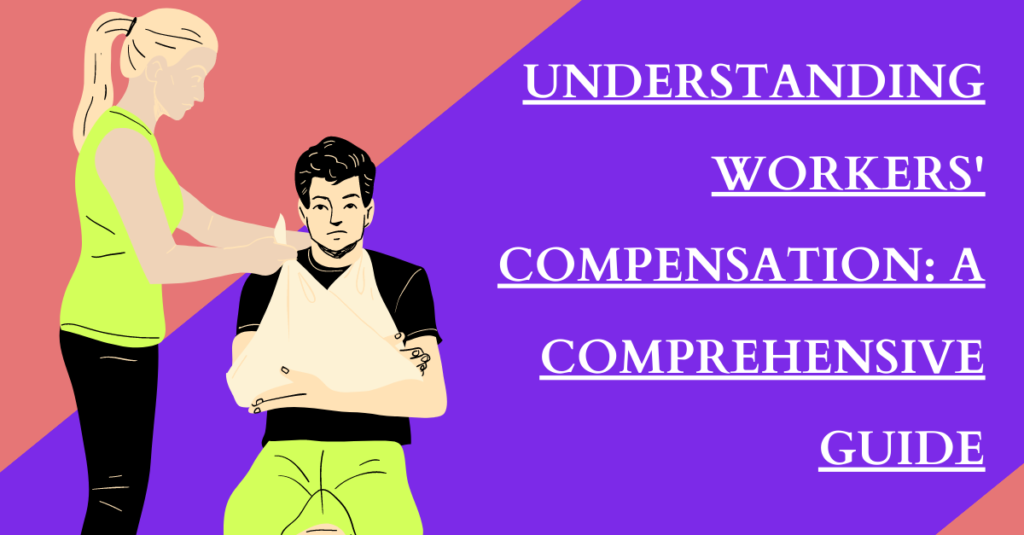What Does Car Insurance Not Cover? Exploring the Fine Print
Introduction
Car insurance stands as a vital shield against unforeseen financial burdens arising from vehicular mishaps. While many grasp the importance of coverage, the intricacies of what exactly is protected can often remain veiled. This article delves into the less illuminated aspects of car insurance – the exclusions and limitations that might catch even the most vigilant drivers off-guard. Beyond the comforting umbrella of coverage lie scenarios where car insurance falls short, leaving policyholders to navigate unexpected expenses.
From the apparent gaps in liability insurance to the hidden clauses within comprehensive and collision coverage, understanding what car insurance does not cover is as crucial as comprehending its protective scope. As we embark on this exploration of the fine print, a clearer picture emerges, guiding drivers towards informed decisions that can fortify their financial security on the road.
The Complex Landscape of Car Insurance Coverage
Car insurance policies come in various forms, each catering to specific needs and circumstances. From liability coverage that protects you against claims from other parties to comprehensive coverage that addresses non-collision incidents, the types of coverage available offer a comprehensive safety net. However, understanding the nuances of what’s not covered is equally important as comprehending the coverage itself.
1. The Limits of Liability Insurance
Liability insurance is a foundational component of car insurance, covering damages and injuries you cause to others in an accident. It ensures that you’re not financially burdened by legal and medical expenses resulting from your actions on the road. However, there are scenarios where liability insurance falls short:
- Medical Expenses Beyond Policy Limits: While liability insurance covers medical expenses of the other party up to your policy’s limit, it may not be sufficient in cases of severe injuries or extended hospital stays. This can leave you responsible for covering the excess medical costs.
- Coverage for Your Own Injuries and Vehicle Damage: Liability insurance does not cover your own medical expenses or repairs to your vehicle if you’re at fault in an accident. This gap highlights the need for additional coverage like personal injury protection (PIP) and collision coverage.
2. Exclusions in Comprehensive Coverage
Comprehensive coverage is designed to protect against non-collision incidents, such as theft, vandalism, natural disasters, and more. However, there are instances where even comprehensive coverage won’t apply:
- Normal Wear and Tear: Comprehensive coverage is not meant to cover regular wear and tear on your vehicle. Issues arising from aging, mechanical breakdowns, or maintenance negligence are generally excluded.
- Mechanical Breakdowns: If your car breaks down due to mechanical failures, comprehensive coverage won’t foot the repair bill. Mechanical breakdowns require specialized warranties or maintenance coverage.
- Acts of Vandalism by Household Members: Some policies exclude coverage for acts of vandalism committed by individuals who reside in the same household as you. This limitation aims to prevent potential fraudulent claims.
- Damage from Unspecified Natural Disasters: While comprehensive coverage includes protection against certain natural disasters, it might not cover damages from events not explicitly mentioned in the policy. Make sure to review the list of covered disasters.
3. Collision Coverage Limitations
Collision coverage steps in to cover damages to your vehicle resulting from collisions with other vehicles or objects. However, there are instances where collision coverage might not apply:
- At-Fault Accidents: If you’re at fault in an accident, your collision coverage will cover the cost of repairing your vehicle. However, you may still be responsible for paying your deductible before coverage kicks in.
- Hit-and-Run Accidents Without Identified Parties: In cases where a hit-and-run driver is not identified or cannot be located, collision coverage would be required to cover the repair costs, subject to your deductible.
- Depreciation of Vehicle Value: After an accident, your car’s value may depreciate due to the accident history. Collision coverage typically reimburses the current market value of your vehicle, which might be lower than what you initially paid.
4. Personal Factors and Policy Exclusions
Several personal factors can influence the limitations of your car insurance coverage:
- Age, Gender, and Driving History: Young drivers or those with a history of accidents might face limitations in coverage due to a higher perceived risk.
- Vehicle Use: If you use your vehicle for commercial purposes, standard personal car insurance might not cover damages that occur during business-related activities.
- Uninsured or Underinsured Motorists: If you’re involved in an accident with a driver who lacks insurance or has inadequate coverage, your own policy might not fully cover your medical expenses and vehicle repairs.
- Intentional Acts or Criminal Behavior: Car insurance typically doesn’t cover damages or injuries resulting from intentional acts, such as using your car to commit a crime.
5. Non-Automotive Incidents
There are situations that fall outside the realm of standard car insurance coverage:
- Personal Belongings Within the Vehicle: If personal items are stolen or damaged while inside your vehicle, your car insurance won’t cover them. Instead, you might need to rely on your homeowner’s or renter’s insurance policy.
- Rental Cars and Coverage While Traveling Abroad: Your personal car insurance might not extend to rental cars or incidents that occur while driving in a foreign country. Rental car companies often offer their insurance options.
- Non-Road-Related Accidents: Accidents that occur off-road, such as during an off-roading excursion, might not be covered under standard car insurance. Specialized recreational vehicle insurance may be needed.
6. Optional Coverages and Endorsements
To address some of the gaps in standard coverage, insurers offer optional coverages and endorsements:
- Medical Payments Coverage: This coverage helps pay for medical expenses for you and your passengers, regardless of fault.
- Rental Reimbursement: If your car is in the shop due to a covered incident, rental reimbursement coverage can help with the cost of renting a replacement vehicle.
- Gap Insurance: For new vehicles, gap insurance covers the difference between the car’s value and the amount owed on a car loan or lease, in case the vehicle is totaled.
7. Reading the Fine Print
Carefully reviewing your policy documents is essential to understanding your coverage limitations. Ask your insurer to explain any terms or conditions that are unclear. Insurance agents can provide insights and guidance on navigating policy exclusions and choosing appropriate coverage levels.
8. Mitigating Coverage Gaps
While no policy can cover every conceivable scenario, there are steps you can take to minimize coverage gaps:
- Combine Different Types of Coverage: Combining liability, collision, and comprehensive coverage can provide a more well-rounded protection plan.
- Regularly Review and Update Policies: As your circumstances change, your coverage needs may also evolve. Regularly reviewing and adjusting your policy ensures it aligns with your current situation.
- Explore Umbrella Insurance: For an extra layer of protection, consider umbrella insurance. It provides additional liability coverage that extends beyond your auto insurance limits.
Conclusion
Understanding what car insurance doesn’t cover is as important as understanding what it does. While car insurance serves as a crucial safeguard, its limitations and exclusions can significantly impact your financial well-being in the event of an accident. Reading the fine print, seeking clarifications, and exploring optional coverages can help bridge the gaps and ensure you’re adequately protected. By unraveling the complexities of car insurance, you can make informed decisions that safeguard your financial security and provide true peace of mind every time you hit the road.

My name is Rohit Vagh and I’m a content writer specializing in fashion and lifestyle. I have three years of experience in this field and have written various articles. My writing style is creative and engaging, and I strive to create content that resonates with my readers. I have a deep passion for fashion and am constantly researching the latest trends and styles to make sure my readers are up to date. I’m excited to continue my career in blogging, and I’m always looking for new opportunities in the fashion and lifestyle space.





